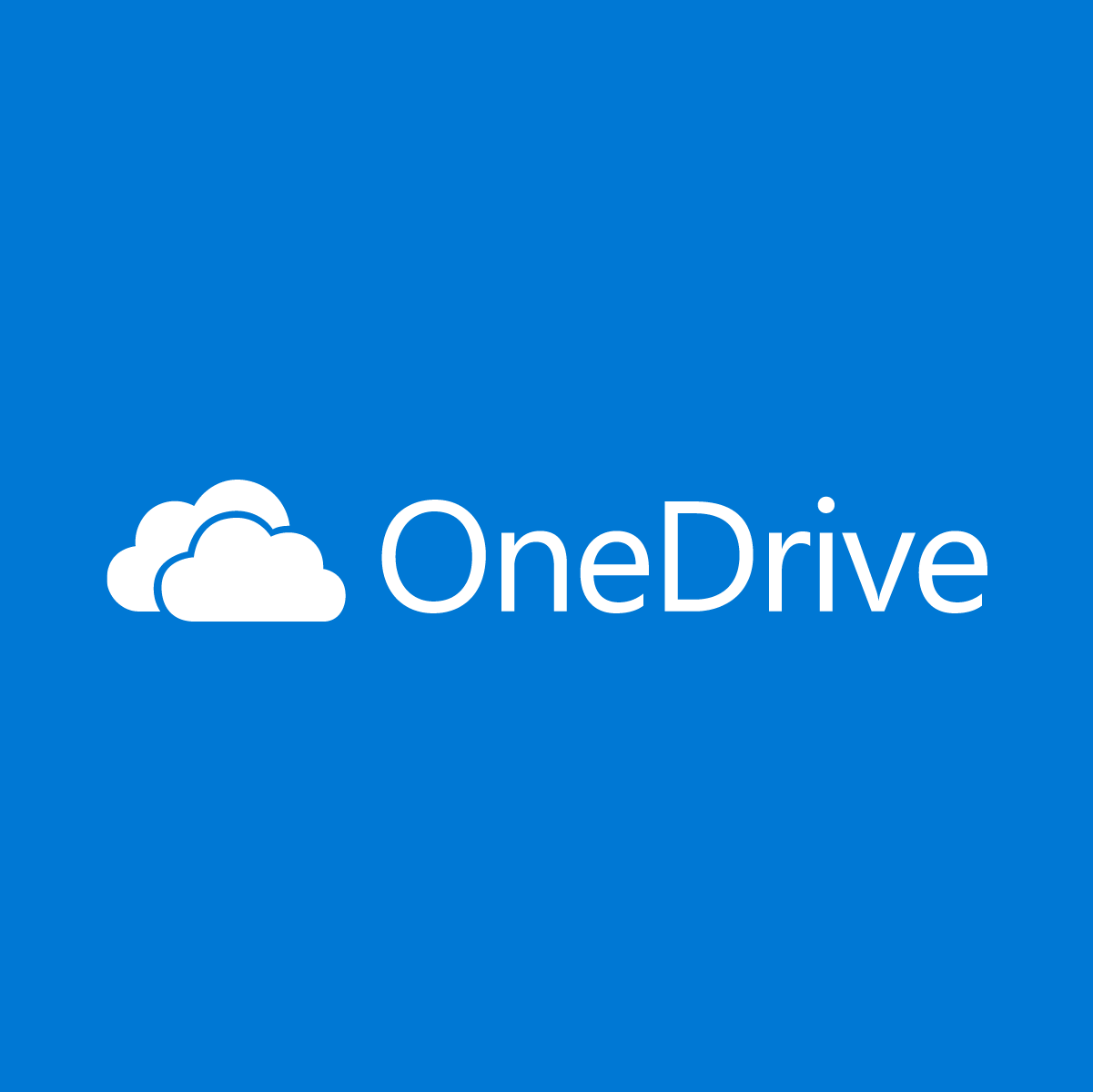

There are so many reasons that you may want to use OneDrive, but the main reasons include the ability to backup your data to the cloud or to synchronize your data with a cloud-based service so you can access it anywhere but also work on the files locally when you are not connected to the cloud.
#DOWNLOAD ONEDRIVE OFFICE 365 HOW TO#
For information on how to identify different versions of OneDrive, read my article How to Identify the Various Versions of OneDrive on Your Computer. However, things can get tricky and unless you really understand what you are doing, I don’t recommend running multiple instances. Multiple OneDrive installation can exist on one computer, as demonstrated in the screenshot below which shows I am running three different versions.
#DOWNLOAD ONEDRIVE OFFICE 365 WINDOWS 10#
For the purpose of this article, I will assume you are running Windows 10 operating system. This can be challenging in certain scenarios and frankly things can potentially get messy depending on the type of software you have installed on your computer and how many versions of OneDrive are you running at one time. In this article, I will offer some guidance on how to synchronize OneDrive for Business on your computer to OneDrive in the cloud (Office 365). For home users, or people who work for small businesses that don’t have an IT support staff, dealing with OneDrive issues can be a pain.

Okay, I may be exaggerating but dealing with multiple versions of a product is a challenge for an information worker who just wants to use the product and doesn’t want to become an expert on the multiple versions of OneDrive. It seems like if Microsoft keeps coming up with new flavors of OneDrive, one day they will offer more flavors than Baskin-Robbins. Just like Microsoft Skype has at least four different versions that I am aware of, OneDrive comes in many flavors.


 0 kommentar(er)
0 kommentar(er)
